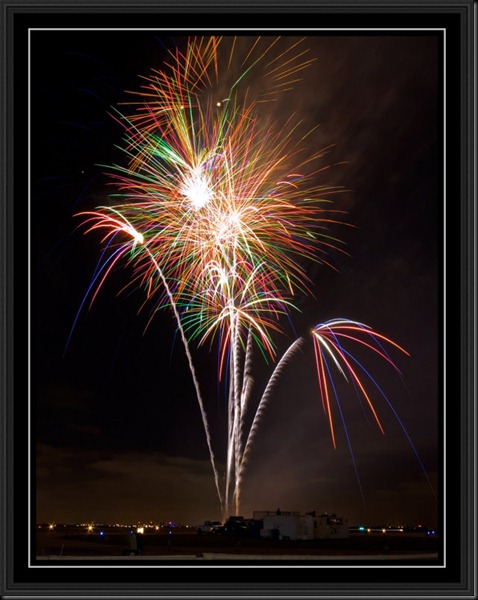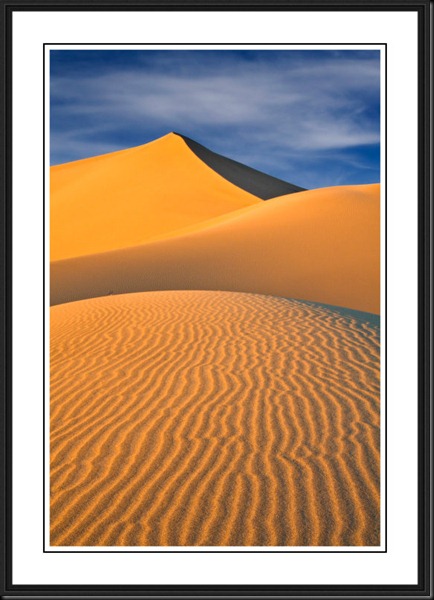As mentioned in the introduction blog of this series, I intend to explore various tricks and effects that can be done in camera without having to rely on the crutch of post-processing. Before doing that though it would be valuable to give a brief introduction to various types of “regular” SLR lenses and what they have to offer.
1. The wide angle lens – This type of lens will generally have an mm size less than 40mm. For my Canon SLR I use a 10mm-22mm lens to cover wide perspectives. I occasionally use them for landscape and architectural photography but they can also be valuable for photographing indoors where being close to a subject requires a wide view in order to get everything in. Wide lenses tend to have large amounts of depth of field sharpness and tend to distort lines and objects in the scene. Sometimes these can be detriments. On the other hand extreme distortion can be used as an artistic tool. Fisheye lenses (which will be talked about in the next blog) take this distortion to great lengths.
The following image was taken inside the US Capitol building of the Capitol Dome. This photo required an extreme wide angle and my 10-22mm lens gave it to me.
This next image shows the value of a wide angle lens for landscape. This Monument Valley scene took up much of the view in front of me and I knew that I would have to use the wide angle lens. The extreme wide angle allowed me to get sharp DOF without too much trouble.
These fireworks at the 2009 Miramar Air Show required me to go wide due to the close proximity of myself to the fireworks.
2. The “normal” or “walk around” lens – Many sources indicate a moderate lens size to occupy about 40-60mm. I personally use a walk around lens that incorporates 24-105mm. Admittedly this extends deep into wide and telephoto territory. This is the kind of lens you will find yourself using most often in most situations.
This chessboard scene was doable using a normal lens.
A photo of the Death Valley Dunes in late afternoon. This show was done with my normal lens but required a small aperture (around f/22) to work.
A statue of Franklin D Roosevelt taken at the FDR Memorial in Washington DC using the normal 24-105mm lens.
3. The telephoto lens – These lenses will allow you to get closer to your subject. My main telephoto lens is a 100-400mm zoom. This lens can be useful for photographing anything at a distance. Depths of field can be shallow but distortion minimized. Telephoto lenses also compress distances so that close objects and far objects can appear at a relatively equal scale.
I photograph air shows every now and then and I find them to be the primary use of my telephoto lens (100-400mm L).
Here we see a truck at an air show going about 350 miles per hours. At a half mile distance my telephoto lens was a necessity.
A few other lenses worth noting:
Macro lenses – These lenses allow you to shoot up close to a subject. If you wish to photograph small items and have them fill the frame while still being able to focus properly you need these lenses. Macro filters also exist. I use a 500D macro lens filter that I attach to the front of my 100-400mm telephoto lens to allow me to do this kind of photography. Like with wide angle lenses depths of field can be very low.
Here are some flowers taken at macro range.
This dragonfly photo shows the shallow DOF inherent in macro photography. Usually for this kind of photography I like the shallow DOF since it better emphasizes the foreground subject while minimizing the background clutter.
I did this as a macro test many years ago. The original 8 megapixel image shows a phenomenal amount of detail.
Zoom vs. prime lenses – Prime lenses allow for only a single focal length while zooms allow for multiple lengths. Obviously zoom lenses are very convenient. There are advantages to using primes though. Prime lenses tend to be of higher quality and allow for lower aperture numbers which translates to shallower DOF and increased shutter speeds. I have a 50mm prime that allows for f/1.8. None of my zooms can do that.
I took this photo of my niece using a 50mm Prime at around f/2.2. For that reason the DOF is very shallow.
Fisheye – This will be talked about in the next section.

















